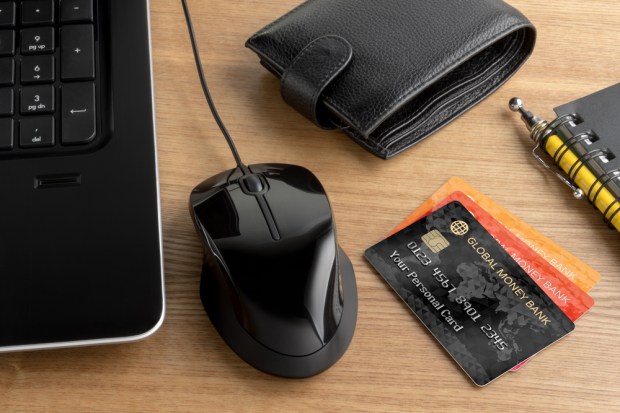MerchantLink On The Payments Trust Factor

The PYMNTS team caught up with experts in the payments field to ask them their views on industry trends, predictions for the coming year and what their ideal payments system looks like — and how far off that vision is.
Dan Lane, President and CEO of Merchant Link, explained the significant role trust plays in the payments landscape and how far the industry can go once its established.
PYMNTS: IN 2015, WHAT HAVE THE BIGGEST TRENDS, OBSTACLES AND OPPORTUNITIES BEEN FOR YOUR COMPANY?
DL: The trends we are seeing are definitely EMV, continued adoption of payments security products and services and mobile payments. The complexity of EMV, the timeline and getting all of the parties working together has been a obstacle to the adoption of it. In a surprising way EMV is also slowing the adoption of security products because a lot of merchants haven’t wanted to make an investment in security because they know there will have to be an investment made in EMV, which means they are putting security initiatives on hold until EMV solutions are ready. But security is definitely here to stay, it is changing from a new technology to something people are really getting educated on and realizing it needs to be built into every payments solution.
PYMNTS: How do you expect these trends to evolve and change as we move into 2016?
DL: For companies like us who work with a lot of different payment processors and merchants, we will be doing EMV integrations and certifications throughout next year. I think there will be a continued adoption of EMV, but I also believe mobile payments will really start to accelerate. It’s very obvious that that’s where the future is, and consumers are going to want to pay for things with their mobile phones. Merchants also want to respond to their customers, so over time we’ll see more and more mobile solutions coming out and they are going to be made easier to use, more widely available and more prevalent in the public consciousness. I think we will also see merchants thinking about how to pull customers into their stores, and the mobile phone is already helping pull the online world into the brick and mortar world. Along with that, I expect to see more consumer-initiated transactions rather than merchant-initiated transactions, which feeds into a more seamless and invisible payment experience.
PYMNTS: WHAT DOES THE PERFECT PAYMENTS SYSTEM LOOK LIKE? HOW WILL THAT SYSTEM OPERATE?
DL: A payments system is built on trust —consumers have to trust the merchant, merchants have to trust consumers and both must trust the underlying infrastructure. In a perfect world you would have mechanisms in place that make it very easy to authenticate and trust all of those things, the consumer, the merchant and the infrastructure. Technology will help enable that and that same technology and infrastructure needs to be universally available. For example, there are still huge portions of the population that don’t have access to smartphones or the Internet, so for a perfect payments system the technology needs to be accessible to everyone and flexible in terms of the types of payments customers want to use. The payments space is very exciting and it’s getting really interesting. I think as technology evolves and the population gets more comfortable with that there is going to be a lot of innovation in payments and a lot of opportunity for companies that haven’t traditionally offered solutions to enter the space, like non-banking companies and smaller startups.
